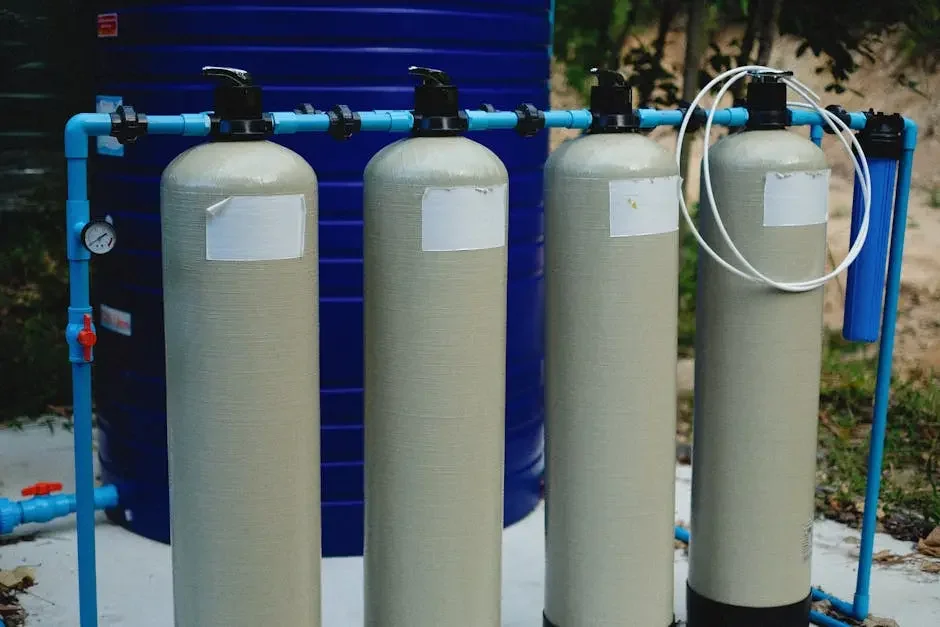How Do Water Treatment Systems Work?
Water treatment systems are essential for ensuring that the water we use is clean and safe. But how do they actually function? In this blog, we'll break down the various components and processes involved in water treatment systems in a way that's easy to understand.
Step 1: Source Water Collection
The first step in any water treatment process is to collect the source water, which can come from rivers, lakes, or underground aquifers. This water may contain contaminants that need to be addressed.
Collecting source water is crucial because it serves as the foundation for the entire treatment process. Without clean raw water, achieving potable water becomes significantly more challenging.
Utilizing advanced techniques, modern systems can better assess the quality of the source water before treatment begins. This initial analysis helps in determining the most effective treatment methods to apply.
It's interesting to note that the quality of source water can vary significantly based on geographical location and weather conditions. For example, heavy rainfall can wash contaminants into rivers, increasing the need for thorough treatment afterward.
Step 2: Pre-Treatment Processes
Before the main treatment, pre-treatment methods such as screening and sedimentation help remove larger particles and debris from the water, improving efficiency in later stages.
During this phase, screens catch large debris like twigs and leaves. Sedimentation tanks allow heavier particles to settle at the bottom, creating a clearer layer of water above that can undergo further treatment.
This pre-treatment stage not only enhances the effectiveness of subsequent filtration techniques but also prolongs the life of the equipment used in the overall water treatment system.
Effective pre-treatment is like warming up before a workout; it prepares the water to undergo more rigorous purification processes that follow, ensuring a smoother and more efficient treatment path.
Step 3: Filtration Techniques
In this stage, various filtration methods, including sand, carbon, or membrane filtration, are used to remove smaller impurities and microorganisms, ensuring the water is getting cleaner.
Sand filters effectively trap particles by allowing water to flow through layers of sand, which act as natural barriers. Meanwhile, activated carbon filters absorb chemicals and odors, significantly improving taste and clarity.
Membrane filtration is a cutting-edge technique that employs tiny pores to filter out contaminants at a micro-level. This ensures that even the smallest pollutants are effectively removed, leading to safer drinking water.
Incorporating multiple filtration techniques optimizes the water treatment process. By combining the strengths of each method, facilities can produce high-quality water while minimizing the risk of contaminants slipping through the cracks.
Step 4: Disinfection Methods
The final step often involves disinfection processes, such as chlorination or UV treatment, to kill any remaining bacteria or pathogens, making the water safe for consumption.
Chlorination remains one of the most common disinfection methods, as it effectively eradicates harmful microorganisms. However, it's important for water treatment professionals to carefully balance chlorine levels to avoid creating harmful byproducts.
Ultraviolet (UV) light treatment is another popular option. This method uses UV rays to disrupt the DNA of microorganisms, rendering them unable to reproduce and thus neutralizing their threat.
The choice of disinfection method can depend on factors like water quality and regulatory standards, but what remains constant is the primary goal: ensuring that our drinking water is free from pathogens and safe to consume.
Wrapping Up
Understanding how water treatment systems work is crucial for appreciating the effort that goes into providing us with clean water. By recognizing these processes, we can better care for our water resources and support sustainable practices.


